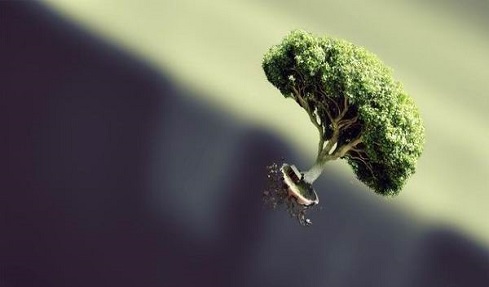The Buddha knew very well the relationship between material wealth and human desires—how people’s minds change with the rise and fall of their fortune. This is why the Buddha specifically taught this way of life for Buddhists.
Other worldly disciplines such as philosophy have so far failed to answer this question fully. The general view is that nothing remains after death, so the meaning of life is to enjoy life to the fullest while it lasts, even at the cost of squandering our precious lifetime, depleting massive amounts of resources and destroying the natural environment. Even then, happiness is still beyond reach. This shows that to pursue happiness this way only leads to disappointment.
~ Luminous Wisdom, 6











